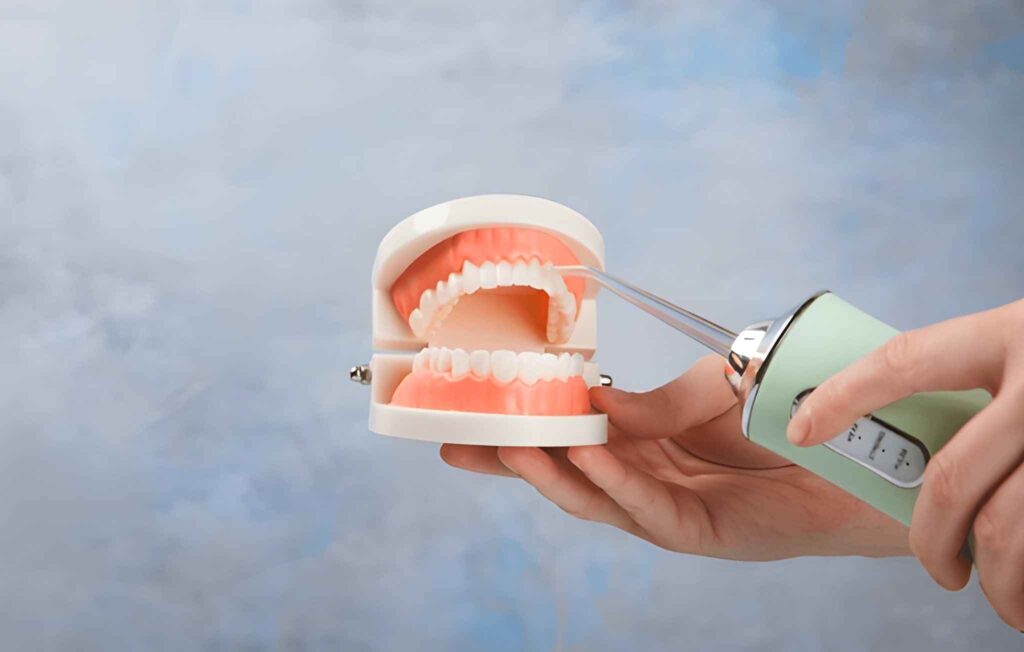Water flossers are becoming an integral tool in modern dental hygiene practices. By providing a powerful stream of water to clean between teeth and below the gumline, they offer an effective alternative to traditional string flossing methods. Brands like the water flossers from Erskine Dental have been designed to enhance oral health through precise cleaning mechanisms.
The Rise of Water Flossers
Water flossers have gained popularity due to their ease of use and effectiveness. They originated as devices for periodontal therapy but have become mainstream for daily dental care. The technology has advanced significantly, allowing more families to adopt this convenient method of flossing.
How Do Water Flossers Work?
Water flossers function by directing a focused stream of pulsating water at the teeth and gums. This action helps to remove food particles, reduce plaque, and stimulate gum tissue. The ability to adjust water pressure makes them suitable for a variety of dental needs, including sensitive gums and braces.
Benefits Over Traditional Flossing
While traditional string flossing is effective, water flossers can reach areas that string floss might miss, especially in tight spaces or below the gumline. Additionally, they are less likely to cause bleeding or discomfort, making them ideal for individuals with sensitive dental structures.
Improved Gum Health
One major advantage of water flossers is their ability to improve gum health. The massaging action of the water can help reduce inflammation and the risk of gingivitis. Regular use contributes significantly to overall periodontal health.
Convenience and Ease of Use
Water flossers provide convenience, requiring little manual dexterity compared to string flossing. This makes them accessible to users of all ages, including those with arthritis or reduced hand strength.
Choosing the Right Water Flosser
When selecting a water flosser, consider factors such as reservoir capacity, pressure settings, and nozzle versatility. Some models come with multiple tips for different cleaning tasks, which increases their functionality.
Features to Look for
A good water flosser should have variable pressure settings, a durable build, and easy maintenance options. Look for models that offer a variety of tips, such as orthodontic tips for braces or plaque seeker tips for implants and other dental work.
Environmental Considerations
Using a water flosser is also an environmentally friendly option compared to traditional flossing products, which contribute to plastic waste. Reusable tips and long-lasting devices decrease the need for disposable dental products.
Integrating Water Flossers into Daily Routine
Incorporating a water flosser into a daily routine can be straightforward. It is best used after brushing teeth and before rinsing with mouthwash. This order ensures that remnants dislodged during flossing are fully removed.
Professional Recommendations
Dentists recommend using water flossers for patients with braces, permanent dental work, or those at increased risk of gum diseases. Consulting a dental professional can help determine the most suitable water flosser model for individual needs.
Conclusion
Water flossers represent a significant advancement in dental care. They offer multiple advantages over traditional flossing methods, including improved cleaning efficacy, ease of use, and environmental benefits. By including a water flosser such as those available at Erskine Dental, individuals can achieve a superior standard of oral hygiene.

